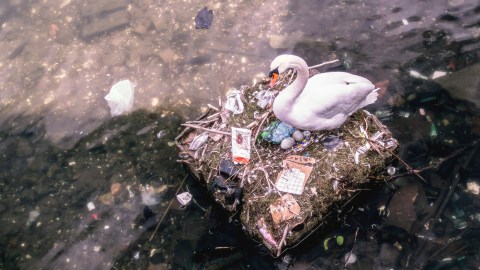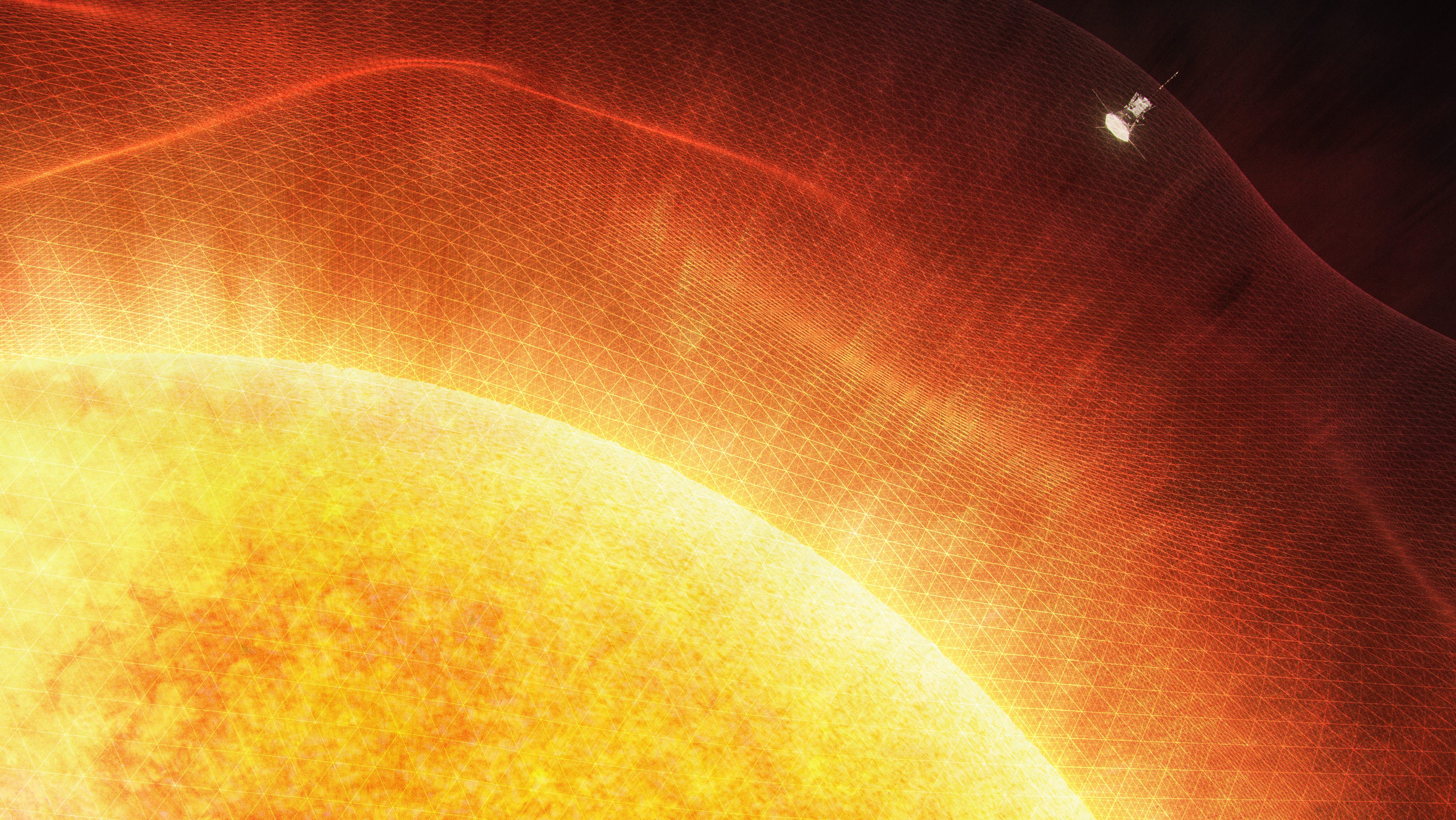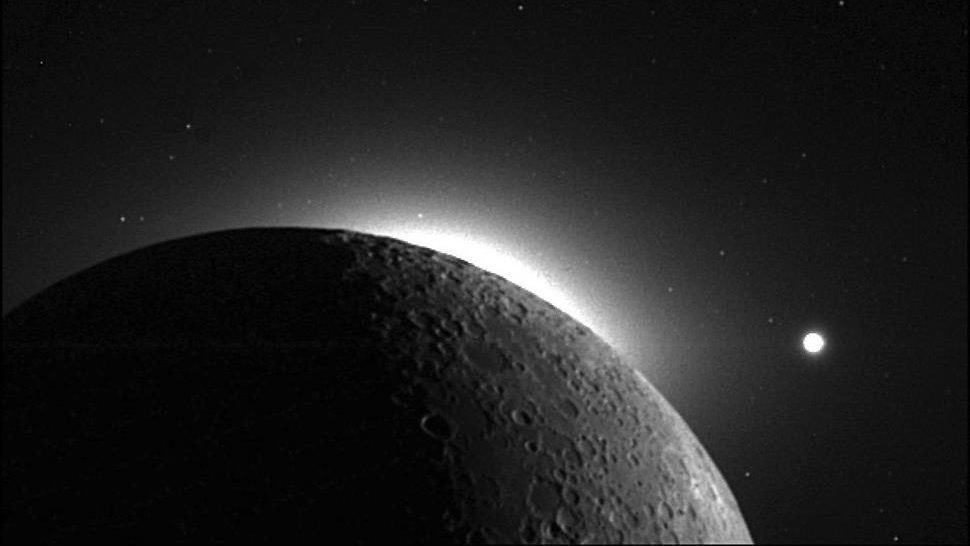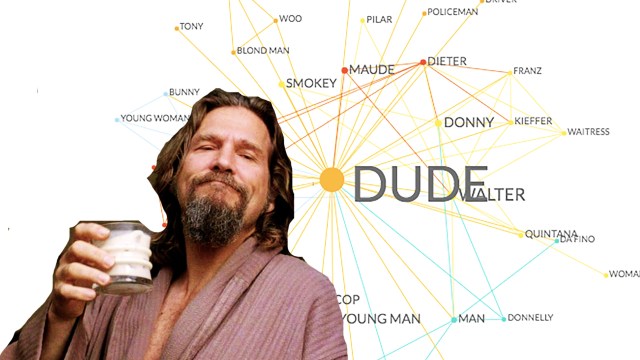Study: Human activity is causing cancer in animals

There’s a lot in modern society that can cause cancer in humans: smoking, living next to a power plant, eating unhealthy foods. But scientists now think that human activity is also leading to increased rates of cancer in animals.
In a new paper published in Nature Ecology & Evolution, researchers at Arizona State University’s School of Life Sciences used past studies to examine how increased cancer rates in animals might be explained by the “significant” changes humans bring to the environment, such as pollution in the oceans, pesticides in food, human waste, feeding animals human food, and light pollution from cities.
“We know that some viruses can cause cancer in humans by changing the environment that they live in—in their case, human cells—to make it more suitable for themselves,” said Tuul Sepp, a postdoctoral researcher at ASU and co-author of the paper. “Basically, we are doing the same thing. We are changing the environment to be more suitable for ourselves, while these changes are having a negative impact on many species on many different levels, including the probability of developing cancer.”
Humans can therefore be classified as an oncogenic (cancer-causing) species whose activity can negatively affect animals from dogs and Tasmanian devils to clams, according to the authors.

Light pollution (Image: Pixabay/Creative Commons)
“Our species can strongly influence the prevalence of cancer in many other species of our planet,” Sepp said. “Cancer has been found in all species where scientists have looked for it and human activities are known to strongly influence cancer rate in humans. So, this human impact on wild environments might strongly influence the prevalence of cancer in wild populations with additional consequences on ecosystem functioning.”
One surprising factor that could be spiking cancer rates in animals is light pollution.
“In humans, it’s known that light at night can cause hormonal changes and lead to cancer,” Sepp said. “Wild animals living close to cities and roads face the same problem—there is no darkness anymore. For example, in birds, their hormones—the same that are linked to cancer in humans—are affected by light at night.”
It’s not the first time the team has studied cancer rates in animals.
“We recently published several theoretical papers on this topic, but this time, we wanted to highlight the fact that our species can strongly influence the prevalence of cancer in many other species of our planet,” said study author Mathieu Giraudeau.

This white-tailed deer, known as Jackie Robinson, J.R., or Lefty, became a minor celebrity after it started hanging out across the street from a bodega in Harlem, New York City, attracting snacks from New Yorkers. He died during relocation efforts to upstate New York. (Photo: Fox 5 NY)
The team hopes to establish some biomarkers for cancer in animals by comparing populations near human-impacted areas with those in preserved environments.
Sepp said the saddest part about the situation is that we’ve long known how to fix it.
“We should not destroy the habitats of wild animals, pollute the environment, and feed wild animals human food,” he said. “The fact that everybody already knows what to do, but we are not doing it, makes it seem even more hopeless.”
Still, he has some degree of optimism.
“I see hope in education,” Sepp said. “Our kids are learning a lot more about conservation issues than our parents did… So, there is hope that the decision-makers of the future will be more mindful of the anthropogenic effects on the environment.”





